Community Spotlight: Seeking Authentic and Real Life in Rural America
Author
Published
1/12/2023
In 1881, Helper, Utah was founded as a “helper engine” town. Here trains would pick up an extra engine to help them up the steep climb of Price Canyon and over Soldier Summit. At the beginning of the 20th century, Helper was a booming railroading and coal mining community. It thrived in diversity, with 27 different languages spoken. But, as coal mining diminished, this rural Utah town had to find new ways to be sustainable.
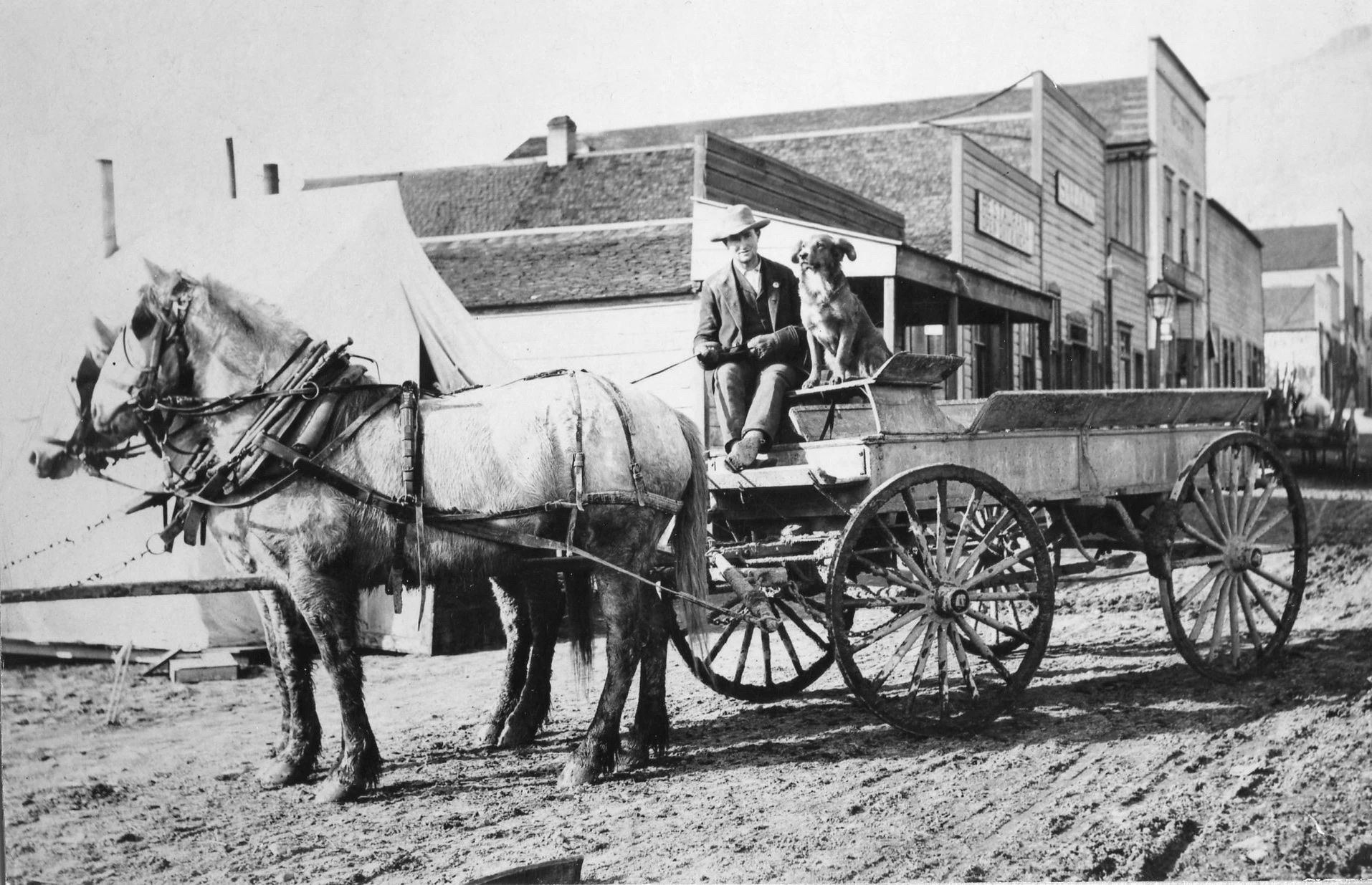 Photo Courtesy of Helper Museum
Photo Courtesy of Helper MuseumDrawn by the thriving art scene in Carbon County, Lenise Peterman moved to Helper in 2015. Peterman graduated with a bachelor’s degree in psychology and a minor in sociology from the University of Southwestern Louisiana. Her work background is extensively tied to the litigation support industry, and she has worked with companies such as General Motors, Ford Company, Dow Chemical Company, and Exxon.
Lenise settled into life in a small town and got involved as co-director of Helper’s annual arts festival, which promotes and showcases local artists. In addition, she co-chaired the Helper Revitalization Committee. This was her first step into a new and unexpected role —Mayor of Helper – and helping to promote the value of small towns.
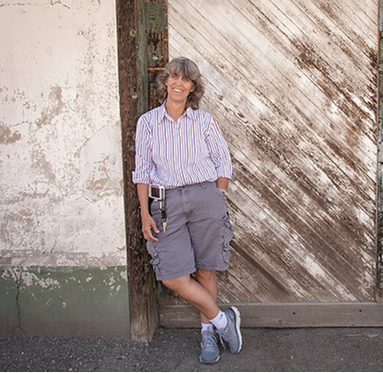
Helper Mayor Lenise Peterman
Helper’s Revitalization Committee applied to the American Institute of Architecture seeking their Sustainable Design Assessment grant. The grant put together experts to meet with communities over the period of a week.
The team then packaged up the results to help the community on the path to economic sustainability. Helper won the grant. The Sustainable Design Assessment team gave the Helper community a blueprint of actions to take to improve its economic position.
Over 200 people from the community turned out to hear the recommendations. The citizens embraced the plan with resounding cheers and excitement.
Lenise Peterman was an outsider, she didn’t grow up in Helper, but at that moment she realized the community had embraced the plan and now someone had to take the lead to deliver the plan to the citizens. So, she ran for mayor and won by a landslide.
A New Perspective
Mayor Peterman brought a new perspective. “With an outside eye, you can see outside/in. You see the town in a new way,” she said.
The mayor’s vision for Helper is focused on sustainability. “We need to take care of our natural resources and naturally occurring assets. We are at the base of the Book Cliffs which invite recreational activities like hiking and biking. It’s important to maintain our historic character and still look at economic diversification. We can’t put all our eggs in one basket as we did with mining. Helper must be attractive to young families and offer an attractive work/life balance and quality of life.”
Lenise remembers, “When I started as mayor, Helper’s Main Street was a row of vacant buildings. You could have purchased any number of buildings on Main Street at an extremely low price.”
In the past seven years, Mayor Peterman has worked to restore, beautify, and care for Main Street, and, with no background or experience in grant writing, applied for grants bringing in close to $9 million in revitalization money.
“We started with public safety and wrote a grant to buy new turnout gear (for firefighters) and a new fire engine for the volunteer fire department,” Peterman said. “I felt it was important to take care of the people who are keeping us safe.”
Lenise went to work writing grants simultaneously for the library, the museum, river restoration, and Main Street restoration. With that money, the Helper community has been able to purchase new books for the library, install new windows in the museum that was built in 1914, create a model train exhibit with the help of Union Pacific, complete a river restoration project with a water infrastructure grant, install lighting and planters on Main Street and renovated the city park.
Service Leadership
Mayor Peterman is also a firm believer in service leadership.
“In a rural community, you can’t have a leader who sits in an office and delegates. You have to be super engaged with the community and easily accessible to people. When we are doing volunteer projects, I am one of the volunteers. My job is not to provide a vision but to lead through the vision,” Peterman said. “I do that through my actions and not just my words. I’ll show up. I’ll network and find opportunities for our community. If I’m asking you to do it, you can be sure I’ll be there doing it with you.”
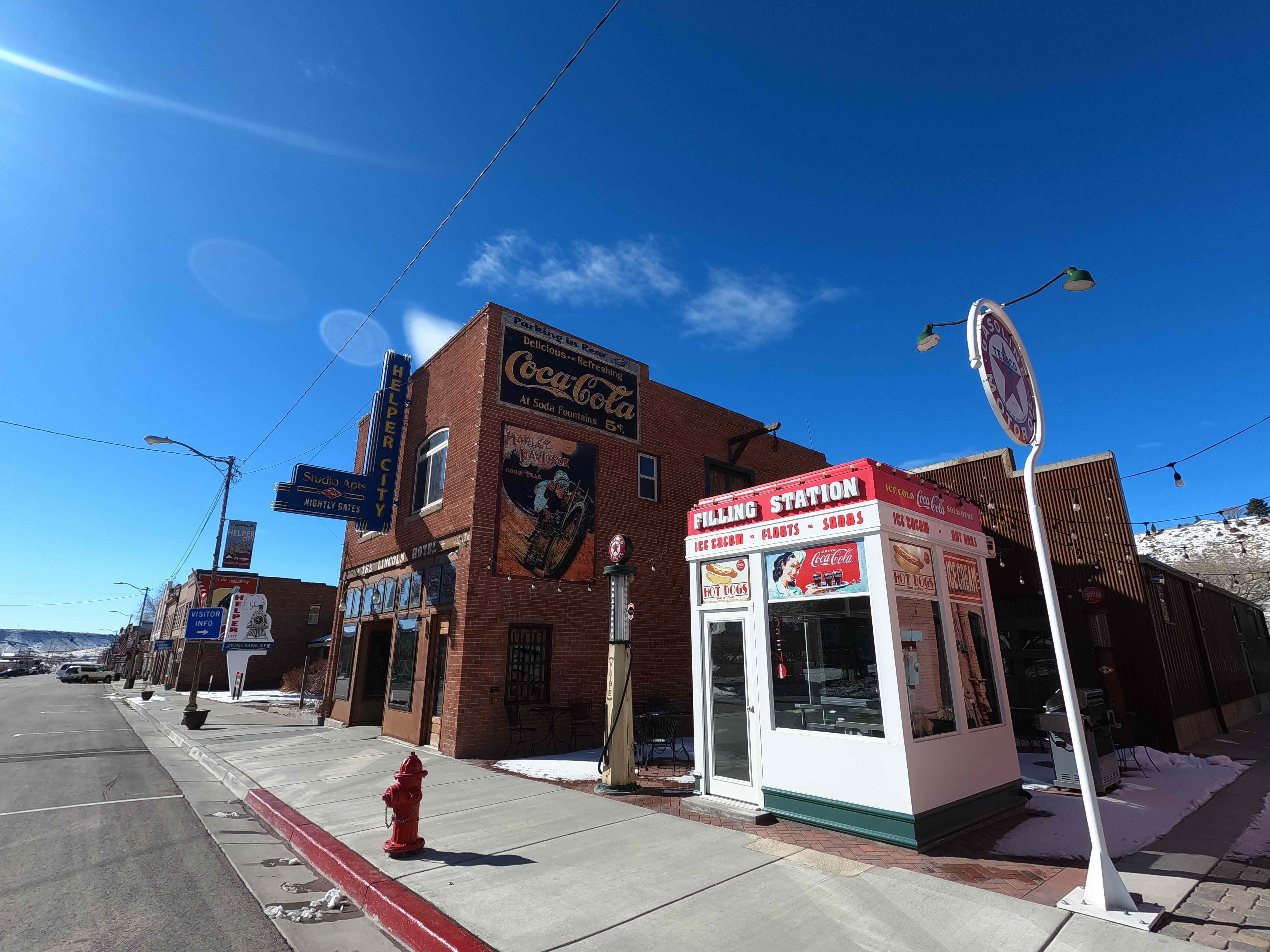 Photo courtesy of Visit Utah & Olivier Barthez
Photo courtesy of Visit Utah & Olivier BarthezSome of the community highlights so far include bringing in nationally known artists like the Utah Symphony and Utah Opera to give free concerts for the children.
“When the Utah Symphony came, they played at twilight on a stage across Main Street. The music was amazing. The setting was memorable. It was a night for our community to be proud of.”
The Value of Rural America
Living in Rural America has its challenges. Mayor Peterman explains, “We need more economic drivers. We joke about Helper’s biggest export being our kids. We send them to college, and they don’t come back home because we don’t have the jobs to sustain them.”
Technology may be a path to rural jobs as more and more people can work remotely.
“Unlike a lot of rural towns, Helper is fortunate to have good fiber connectivity because of the thoughtfulness of Emery Telcom who anticipated the fiber wave. This gives people the opportunity to work remotely in our community,” Peterman said.
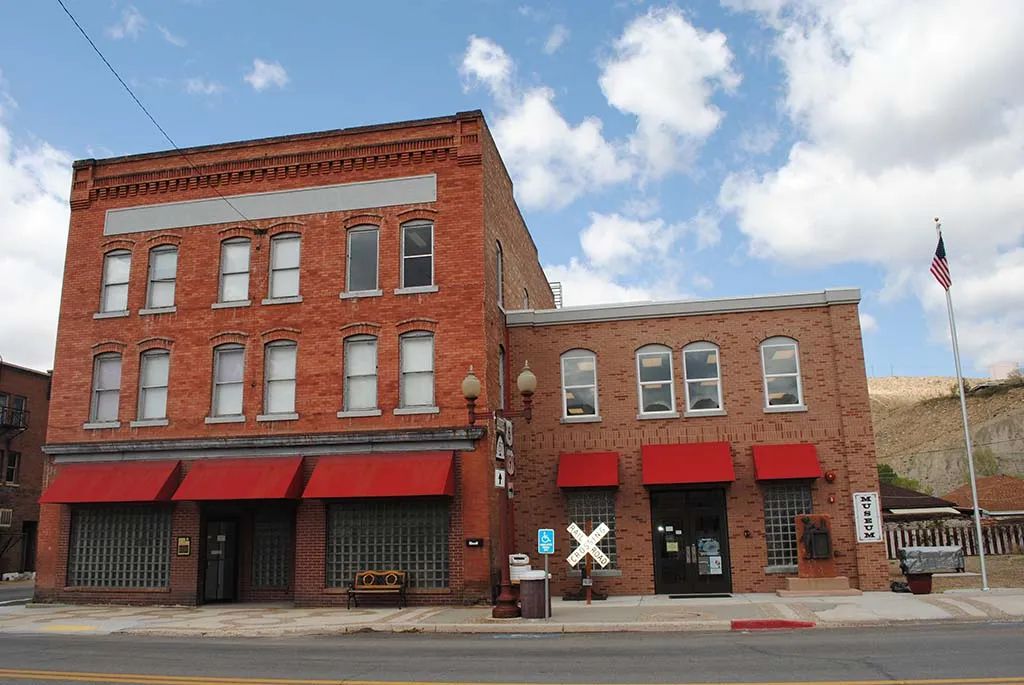 Photo courtesy of the Helper Museum & The Helper Project
Photo courtesy of the Helper Museum & The Helper ProjectThe benefits of living in Rural America far outweigh the challenges in Mayor Peterman’s mind. “We have good air to breathe. We live at the start of the Book Cliffs, the longest cliffs in North America. These natural amenities enhance our quality of life.”
The Smithsonian Institution put out a call to communities with populations of 50,000 or less to apply for their “Spark Places of Innovations—Reinventing Rural America” exhibit. Mayor Peterman applied. “It was a tough application process, where rural communities throughout the United States, who were innovating to re-establish the American Main Streets, competed to be featured in the exhibit. Helper was chosen as one of the 35 communities selected.”
The Smithsonian Exhibit, Spark Places of Innovations—Reinventing Rural America, is a traveling exhibit and will eventually make its way to Utah.
Selection for the Smithsonian exhibit isn’t the only indicator that Mayor Peterman and the Helper community are making progress. It’s also the vibrancy of Main Street. All the buildings have been purchased and are in some stage of renovation. There are two art galleries, a mortgage company, and restaurants. New streetlights and planters have been installed.
“When I walk down the street and the lights are turned on, I get this warm feeling that I am making a difference. There is pride in our community. Everyone needs to be proud of their hometown. The planters along Main Street reflect our heritage made from steel and rock. We are staying true to our identity.”
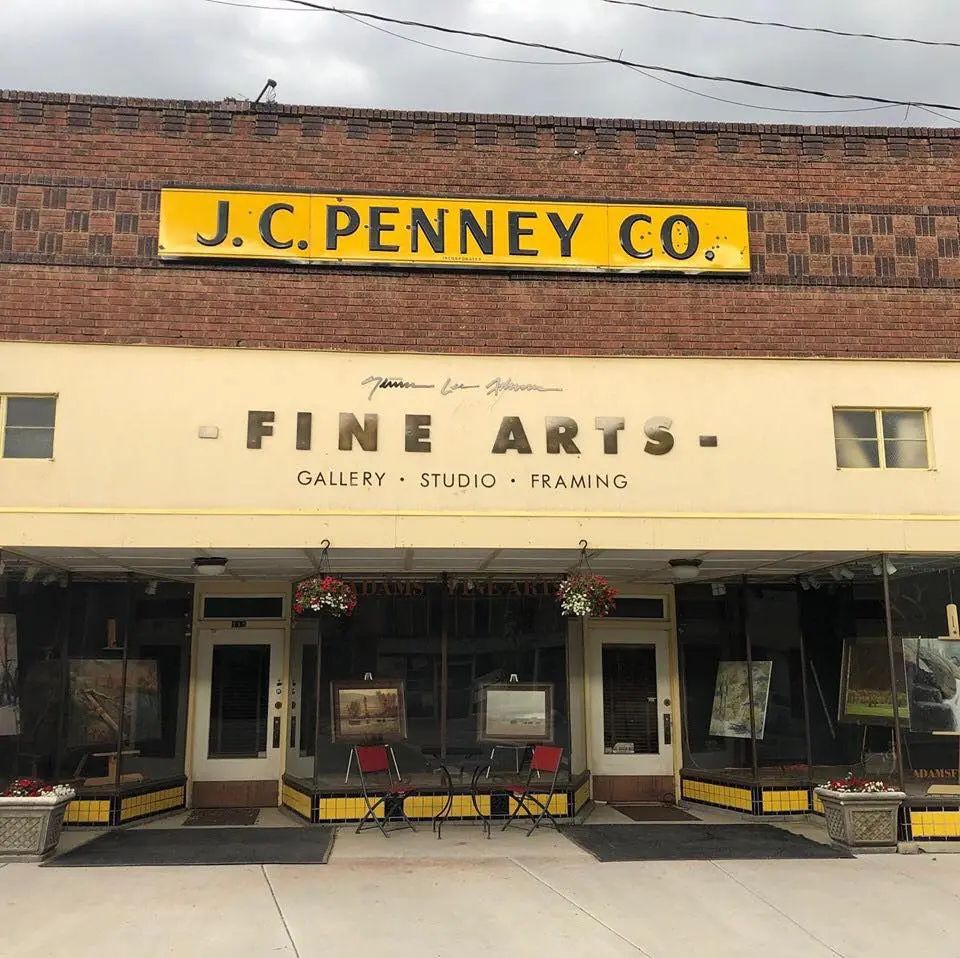 Photo courtesy of the Helper Project
Photo courtesy of the Helper ProjectWhen asked what she wishes every American understood about Rural America, Mayor Peterman replied, “Rural America is this country’s identity and roots. In rural communities, you get to know your neighbors. We know each other by name. We acknowledge and wave to each other on the street. Life is authentic and real. Everyone has a chance to make a difference and impact the community in positive ways.”
Lenise Peterman’s journey as the mayor continues and in a hundred years, when another mayor of Helper is looking back at the history of this community, she hopes that she will be remembered as a good listener and someone who worked hard to move the community forward in positive ways. She hopes she is remembered for respecting the community’s history with an eye toward its future.
Want more news on this topic? Farm Bureau members may subscribe for a free email news service, featuring the farm and rural topics that interest them most!
